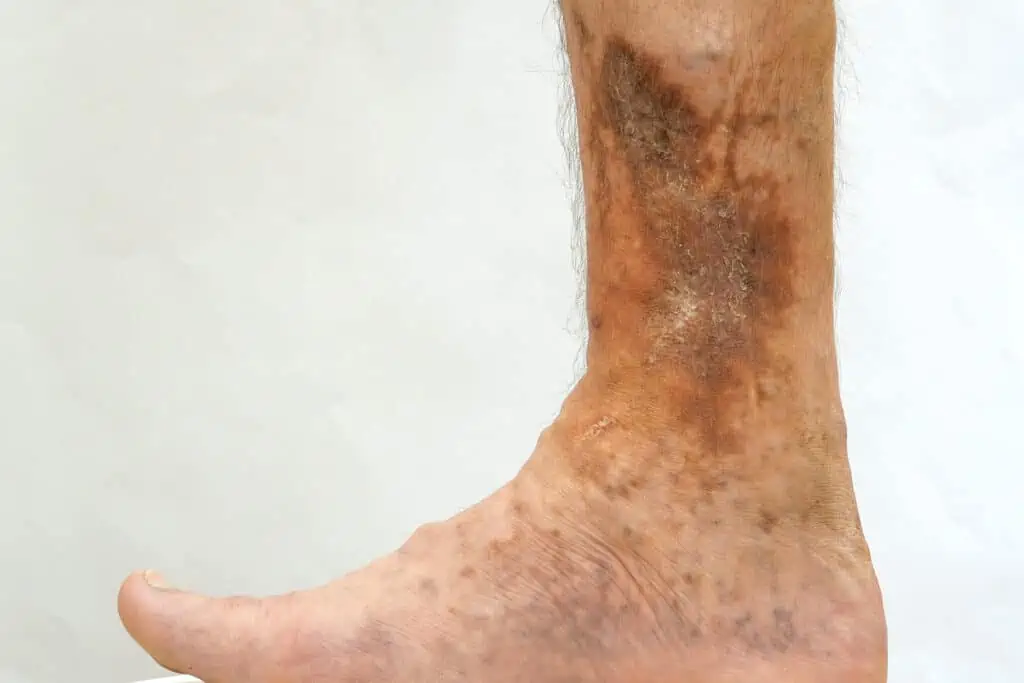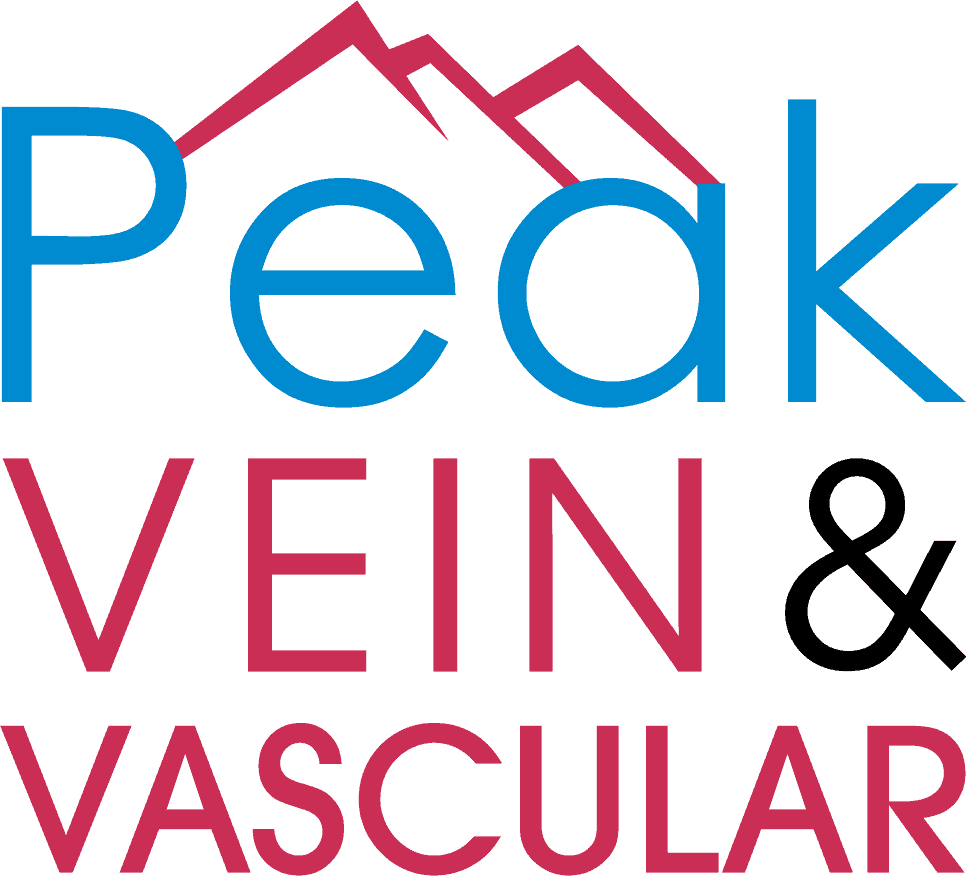
When it comes to vein-related health conditions, few are as misunderstood as venous ulcers. This ailment, if not properly treated, can become a chronic issue that significantly affects a person’s quality of life. At Peak Vein Vascular, a leading provider of bariatric surgery in Dallas, Texas, we have spent years studying and treating these conditions, offering cutting-edge care for our patients.
Understanding Venous Ulcers
A venous ulcer, often known as a venous stasis ulcer, is an open sore that commonly arises on the lower leg or ankle due to the improper functioning of venous valves. These valves, crucial to our circulatory system, help to prevent blood from flowing backward as it’s pumped back to our heart. However, when these valves become damaged or ineffective – often due to conditions like deep vein thrombosis or varicose veins – blood can pool in the veins, particularly those of the lower limbs. This condition, known as venous insufficiency, often precedes the development of venous ulcers.
Venous ulcers usually develop slowly over time, a result of long-term pressure buildup from the accumulated blood. The first symptoms of a developing venous ulcer might be subtle and easily mistaken for other skin conditions. It may initially present as a discolored patch on the skin, often taking on a dark purple or brown hue. The skin around the area might also become thickened or hardened, a condition known as lipodermatosclerosis.
As the condition progresses, the skin may begin to break down, forming an ulcer. This can result in considerable discomfort for the patient. The ulcer may produce a significant amount of exudate, or fluid, which can lead to further skin breakdown and enlargement of the ulcer. Pain is commonly associated with venous ulcers, though its intensity can vary greatly between individuals and stages of the ulcer’s development.
In addition to physical discomfort, venous ulcers can lead to more serious complications if not addressed promptly and properly. Infections can occur, which not only exacerbate the ulcer itself but can also lead to systemic illness if the infection spreads. Unhealed ulcers can also impact a person’s quality of life, limiting mobility and leading to substantial emotional distress.
Therefore, prompt diagnosis and treatment of venous ulcers is critical. A healthcare provider experienced in the treatment of venous conditions can provide the most appropriate and effective management strategies, which often involve measures to improve venous circulation, care for the wound, manage symptoms, and prevent complications.
Our approach at Peak Vein Vascular goes beyond mere treatment. We believe in holistic care and a deep understanding of our patients’ conditions.
The Peak Vein Vascular Approach to Treatment
Our team at Peak Vein Vascular combines medical expertise and innovative techniques to tackle venous ulcers. Our approach prioritizes patient comfort and efficient treatment strategies.
We offer several treatment methods for venous ulcers, ranging from minimally invasive techniques like VNUS Closure and sclerotherapy to surgical options such as phlebectomy.
- The VNUS Closure is a procedure where a tiny catheter is inserted into the diseased vein, and radiofrequency energy is used to heat the vein wall, causing it to shrink and close.
- Sclerotherapy involves injecting a solution into the affected vein that causes it to scar and collapse.
- Phlebectomy is a surgical method used to remove varicose veins close to the skin’s surface.
Each of these treatments has its own advantages, and the choice of procedure often depends on the severity and location of the ulcer, as well as the patient’s overall health.
Preventing Venous Ulcers: A Proactive Approach
A critical aspect of managing venous ulcers and similar conditions is prevention. At Peak Vein Vascular, we believe in equipping our patients with the necessary knowledge and resources to proactively prevent the development of venous ulcers.
One important preventative measure is understanding the conditions that often accompany venous ulcers. For instance, both varicose veins and spider veins are common precursors to venous ulcers. By effectively managing these conditions, you can reduce your risk of developing ulcers.
Moreover, deep vein thrombosis, a condition where blood clots form in the deeper veins of your body, can also lead to venous ulcers. On our deep vein thrombosis page, we provide comprehensive information about this condition and how to manage it.
Knowledge is the first step towards prevention. By understanding the associated conditions and risk factors of venous ulcers, you can take proactive steps towards their prevention.
The Role of Lifestyle Changes
Several lifestyle modifications can aid in preventing venous ulcers. Regular exercise, maintaining a healthy weight, and avoiding prolonged periods of standing or sitting can all improve venous health. Additionally, wearing compression stockings can also help manage symptoms and slow the progress of the disease. Our physician team can provide personalized advice on lifestyle changes beneficial to your specific condition.
What You Need to Know
- Venous ulcers are misunderstood vein-related health conditions that can become chronic issues if not properly treated, significantly affecting a person’s quality of life.
- Peak Vein Vascular in Dallas, Texas, has extensive experience in studying and treating venous ulcers, providing cutting-edge care for patients.
- Venous ulcers commonly arise on the lower leg or ankle due to improper functioning of venous valves leading to a condition known as venous insufficiency.
- The early symptoms of a venous ulcer might include discoloration, thickening of the skin, or the presence of lipodermatosclerosis.
- Progression of the condition can lead to the breakdown of the skin, forming an ulcer that causes significant discomfort and pain, and can lead to complications such as infections and reduced mobility.
- Peak Vein Vascular adopts a holistic approach to treating venous ulcers, offering several treatments methods including VNUS Closure, sclerotherapy, and phlebectomy.
- VNUS Closure: A procedure where a tiny catheter is inserted into the diseased vein, and radiofrequency energy is used to shrink and close the vein wall.
- Sclerotherapy: This involves injecting a solution into the affected vein that causes it to scar and collapse.
- Phlebectomy: A surgical method used to remove varicose veins close to the skin’s surface.
- Peak Vein Vascular emphasizes on the importance of preventing venous ulcers by understanding and managing conditions that often accompany venous ulcers, such as varicose veins, spider veins, and deep vein thrombosis.
- Lifestyle modifications can aid in preventing venous ulcers, such as regular exercise, maintaining a healthy weight, avoiding prolonged periods of standing or sitting, and wearing compression stockings.
- The team at Peak Vein Vascular provides personalized advice on lifestyle changes beneficial to specific conditions.
